No daily driver needs a car with crazy acceleration or incredible top speed. However, torque and agility can definitely come in handy at times.
Get the latest international news and world events from around the world.
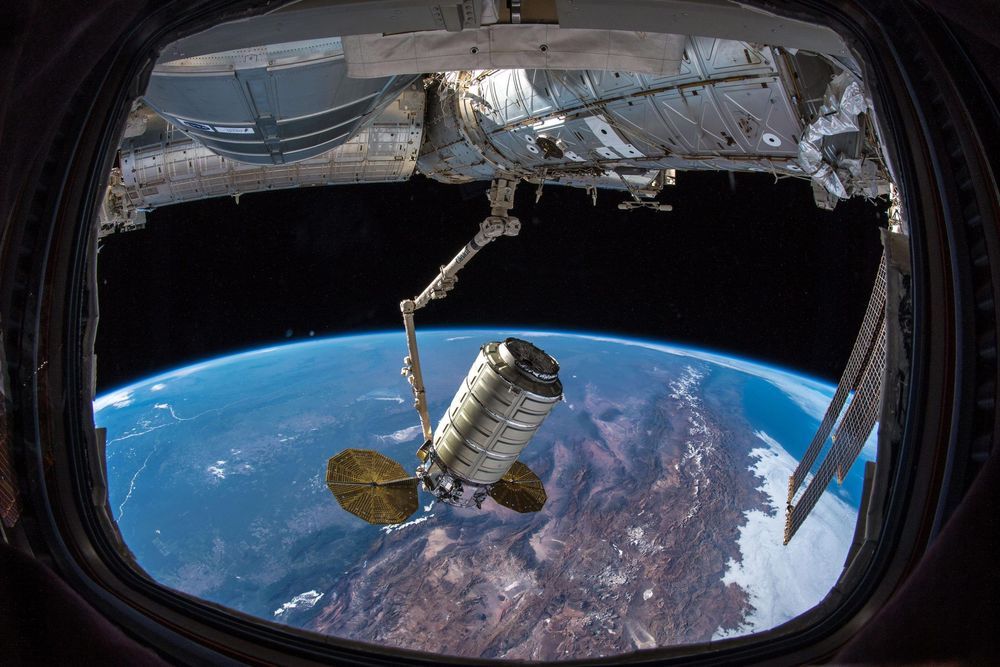
New Experiments Headed to the Space Station: Radishes, Advanced Imaging, and Liquid Metal
Science typically begins with a question. It may be: “How will astronauts maintain a nutritious diet on long-duration missions?” Or “How can the way metals are made be improved by studying them in space?” These are just two of the questions researchers seek to answer with the upcoming launch of new research, technology demonstrations, and commercial products headed to our unique microgravity laboratory orbiting Earth.
NASA uses the spaceflight environment to further our understanding of how to successfully live and work in space. These space experiments help us understand the effects of radiation, microgravity and other factors on life and physical systems. It is also an important aspect in understanding how to sustain life on the Moon and eventually Mars.
On Friday, October 2, 2020, at 9:16 p.m. EDT, new space experiments and a new space toilet launched on Northrop Grumman’s 14th commercial resupply mission for the agency to the International Space Station.
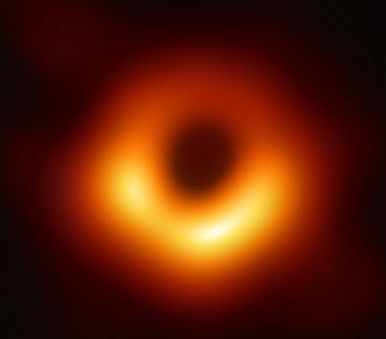
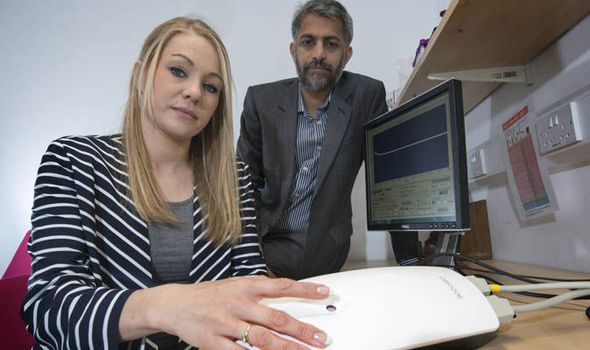

Awakening After a Sleeping Pill
Summary: A patient who suffered brain injury can temporarily walk, talk, and recognize family members thanks to the sleep medication Zolpidem.
Source: Radboud University
A patient who could not move and talk spontaneously for eight years started to do so again after being administered a sleeping pill. The spectacular but temporary effect was visualized with brain scans, giving researchers from Radboud university medical center and Amsterdam UMC a better understanding of this disorder’s underlying neurophysiological processes. The article has been published in Cortex.

Nurture Trumps Nature in Determining Severity of PTSD Symptoms
Summary: The ability to foster and form secure interpersonal attachments can mitigate some of the genetic risks associated with PTSD.
Source: Yale
Researchers at Yale and elsewhere previously identified a host of genetic risk factors that help explain why some veterans are especially susceptible to the debilitating symptoms of post-traumatic stress disorder (PTSD).

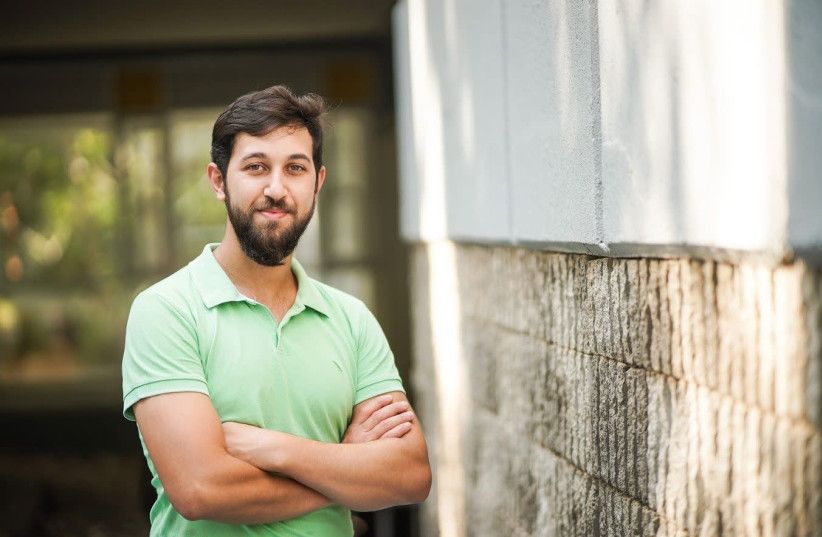
A Technion student has just smashed the world record for light resonance
They can be made up of just two surfaces, bouncing the wave between them, but the more surfaces that are added, the more resonance is achieved. The ultimate is therefore to create a perfect sphere, creating surfaces in every direction within a three-dimensional object. At that point, the creation of a resonator moves from being a physics question to one of engineering, since even a stem holding the sphere can create distortion that reduces the impact of the resonator.
According to the Technion, the world’s first micro-resonator was demonstrated in the 1970s by Arthur Ashkin, winner of the 2018 Nobel Prize in Physics, who presented a floating resonator. Yet, despite the success of his innovation, the research direction was soon abandoned.
Now graduate student Jacob Kher-Alden, under the supervision of Prof. Tal Carmon, has built upon Ashkin’s work, creating a floating resonator which can exhibit resonant enhancement by ten million circulations of light, compared to about 300 circulations in Ashkin’s resonator.
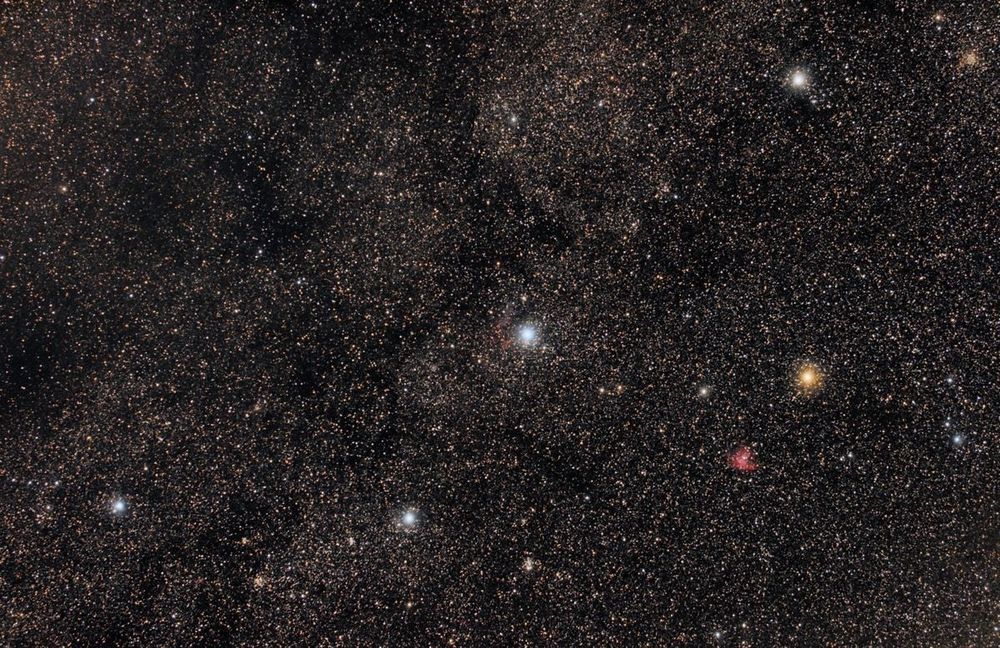
A Future with Robots
Robots of the future will be dexterous, capable of deep nuanced conversations, and fully autonomous. They are going to be indispensable to humans in the future.
Let me know in the comment section what you wish a robot could help you do…?
~ 2020s & The Future Beyond.
#Iconickelx
#artificialintelligence #Robots #AI #automation #Future #4IR #Innovation #digitaltransformation